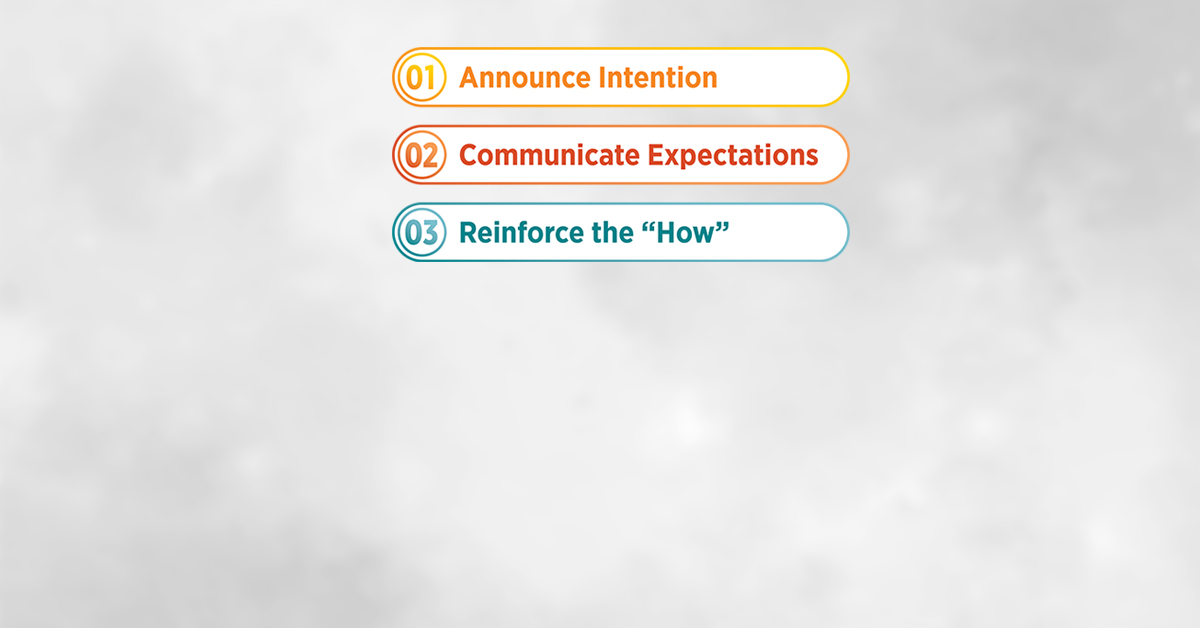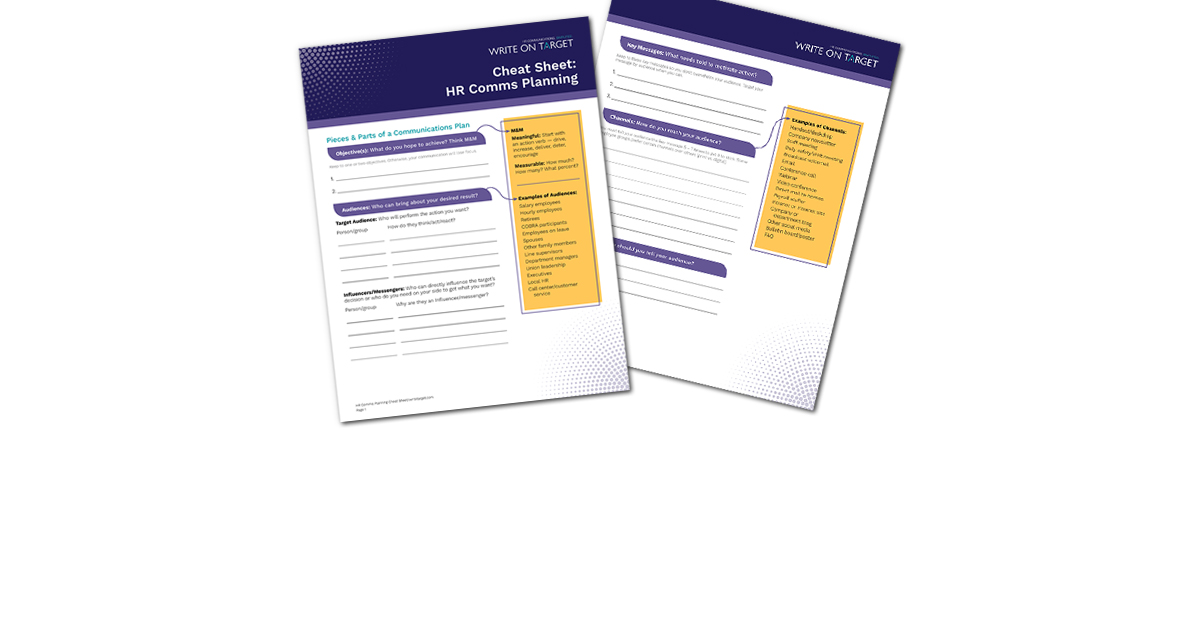This is Part 4 in our “Communicate with Purpose” series, with fixes for the five most common mistakes in HR communications. Up next: Fix #5: Easier Ways to Spread Your Communications Locally
Essential to diversity and inclusion is the opportunity for all employees to understand and embrace the company’s mission, and more importantly, know where they fit in to support and carry out that mission. HR can play a key role in fostering a sense of company culture that welcomes and includes all employees, especially frontline workers.
Without knowing it, though, your HR communications may be unintentionally making certain employee groups feel awkward or ignored. Like they don’t fit in.
You can fix that mistake.
Content and Design That Welcome Everyone
It’s about more than using diverse photos in your packet materials and the posters in breakrooms. It’s about knowing how to speak to employees of all genders, cultures, and abilities. Employees want to see and hear themselves reflected in the communications you send. They want to be included.
Research shows culturally diverse companies outperform those that are less diverse — by up to 39%.
The following references and examples should give you a good start on helping your HR communications ensure diversity and inclusion in the workplace.
The Language You Use
- Gender — If you still have a “foreman” in charge, perhaps shift supervisor or floor manager is a more inclusive term. Now it’s acceptable to use “they” as a singular pronoun, as in “An employee should know they add value.” No need for he or she pronouns.
- Race — There are very few reasons to mention an employee’s race in HR communications. If you do, perhaps in storytelling or helping people understand a disease affecting a specific race, this diversity style guide can help.
- People-first — Put the person before the disability. It’s not a blind person, it’s a person who is blind.
- Translations —You’re probably already translating your communications if you have a large non-English population. But have you considered your call center, are there translators on staff?
See how you can promote features of existing benefits to target those most in need or at risk.
The General Vibe You Convey
- Policies — Review your employee handbook and look for culturally insensitive or exclusive language. Do you have an outdated section about appearance, hairstyle, or grooming that might exclude traditional dress for a culture? Are you now offering a floating holiday for diverse religious beliefs?
- Benefits — Seek out and promote company benefits that address the needs of all cultures and lifestyles. And if a certain demographic is more at risk for a chronic condition, share the statistics and talk about helpful benefits. The LGBTQ community is far more likely to have a mental illness, yet 45% don’t seek treatment. Here’s an opportunity for a targeted campaign.
ICYMI: Fix #3: Use Fine-Tuned Channels to Reach Non-Desk Workers
To learn more about how to reach non-desk employees, and how to fix the most common HR communications mistakes, download our ebook, Communicate with Purpose.
Download our ebook, Communicate with Purpose
Keep up with us on LinkedIn for more tips on HR communications.



